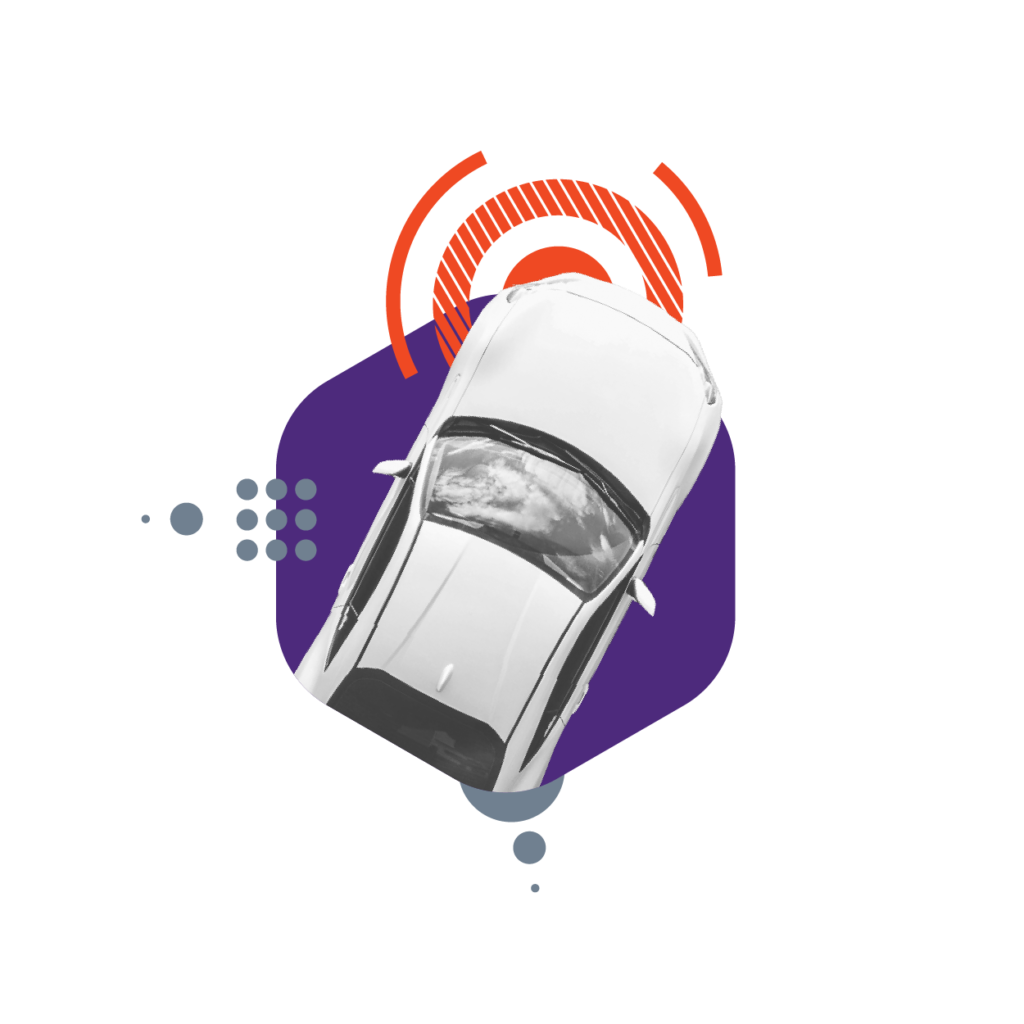Autonomous Vehicles & IoT

Imagining the many ways that intelligent systems might reshape the organisation and rhythms of urban life in the future is what motivates Professor Raphaël Frank in his research. Together with his team, he is working to build and improve technologies that will transform daily mobility—and at the same time save lives.
Every day, through research and experimentation, the Ubiquitous and Intelligent Systems (UBIX) research group works to improve the subsystems of an autonomous vehicle. Their platform began with an ordinary commercial car. They added a variety of sensors and cameras to its exterior and customized an open-source software program that has essentially allowed those sensors to drive the vehicle autonomously.
“Our research on vehicle perception allows us to better understand how and what the vehicle sees,” explains Prof. Frank. “We are continually refining navigation and control, asking how the vehicle can assess unexpected obstacles and plan safe trajectories.” The team must therefore understand how the platform can best communicate with other vehicles and urban infrastructure in order to ensure its safety for passengers and realize its long-term potential of efficient and stress-free commuting.
Digital high-definition maps are critical to helping autonomous vehicles get to know their road environment. They provide unprecedented centimetre-level precision and lane-level information. As postdoctoral researcher and 360Lab co-head, Gamal Elghazaly, explains, “it is really only in the last ten years have we achieved this significant evolution in the centuries-old practice of mapping navigation, but today high-definition maps are an essential part of our autonomous driving system. They operate as a hidden or virtual sensor that continually aggregates information from physical sensors to build a layered and highly accurate portrait of our city landscape.” In 2023, the team published the results of their research on the use of maps in autonomous driving in the IEEE Open Journal of Intelligent Transportation Systems.
The main software used to pilot UBIX’s vehicle is Robocar, which provides a unique state-of-the-art motion-planner that generates trajectories for Junior in autonomous driving mode. Over the past year, the software has been tested and refined on two public driving tracks located in Belval and Kirchberg. With the insights produced by these real-world experiences, the team has released an open-source version of their software, with a wish to share what they’ve learned with professionals working in similar domains.